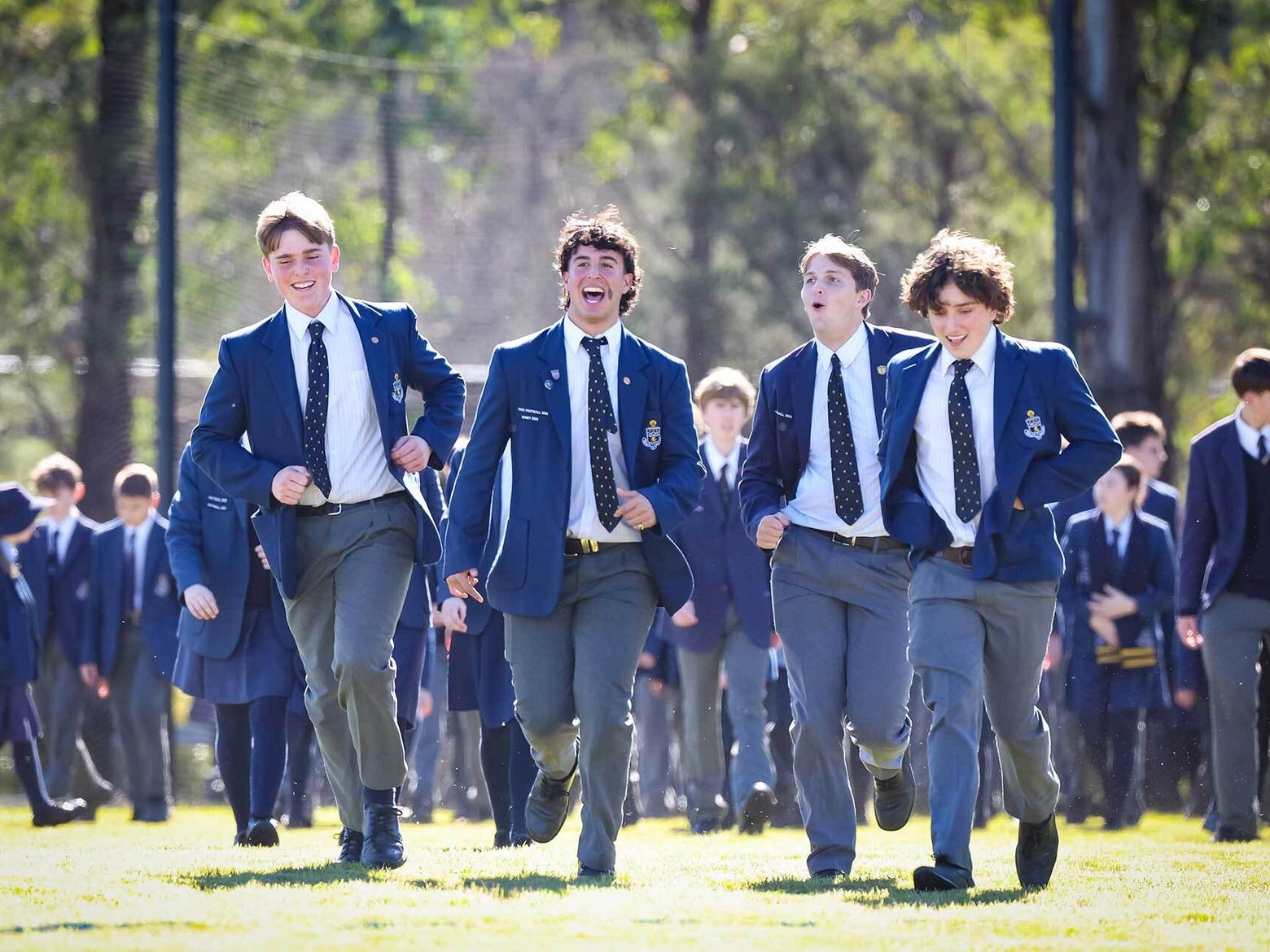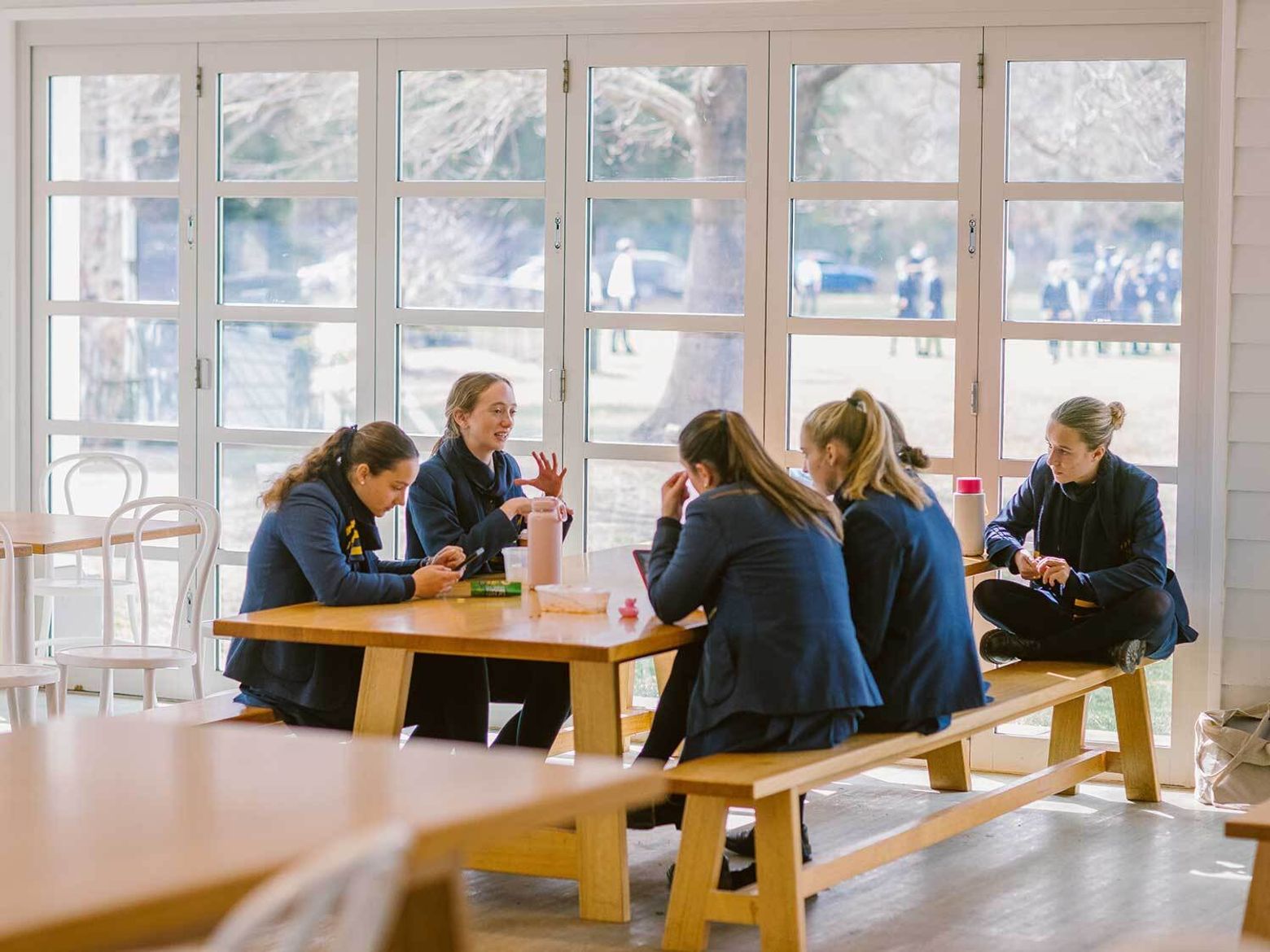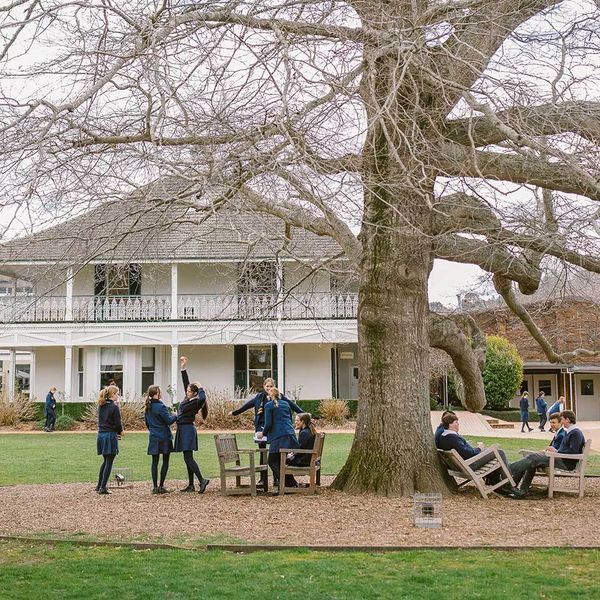Care for the whole child
At Oxley College, the Wellbeing Program is not a standalone program; we incorporate the promotion and understanding of student wellbeing throughout all aspects of life at the College as a vital part of all we do.
Our Wellbeing Framework forms the basis for our Wellbeing Program.
We recognise that it is important to develop all aspects of a young person’s character to help them build the skills needed not only at Oxley but beyond the school environment. This means that we are working not only on social and emotional skills, but collaborative and teamwork skills, community mindedness, how to be a good citizen with a wide array of interests and to instil a strong understanding and appreciation of the wider world. We aim to equip them with the confidence to be curious, to challenge ideas and to banish judgement, instead pursing knowledge and acceptance.The Wellbeing Program in the Senior School includes:
· PDHPE syllabus
· Mentor Group activities
· year group activities in Houses
· sports teams
· music ensembles
· school camps, domestic and overseas experiences
· Service Learning program
· Study Skills program
· Cornerstone program
· year group meetings
· Student leadership opportunities
· assembly addresses by senior members of staff
· guest speakers such as Paul Dillon, Brent Sanders, ySafe by Quoria, batyr, and Daniel Merza.
Wellbeing is the foundation of quality of life and human flourishing. Personal achievement, emotional resilience and social competence are predicated on children feeling safe, challenged, supported and connected to others.



Responsibilities and Rights
Our House System
All students, from Kindergarten to Year 12, belong to one of the six Houses that make up Oxley College. Each House is named after a famous Australian pioneer in different fields of endeavour - another way we incorporate values like courage and wisdom, encourage students to be creative and curious, and create graduates who are ready for challenge.

Senior School Mentor Groups
Each of the six Houses in the Senior School are divided vertically into six Mentor Groups, each with about 15 students from Years 7 to 12. The Mentor Groups establish a safe, nurturing and inclusive environment for all students and build connections across the year groups.
Mentor Groups meet daily, with Houses coming together at a fortnightly assembly, as well as engaging in mentor group activities and House cohort activities.
The Roles of Mentors and Heads of Houses
The role of the Mentor is to know, care and be an advocate for each student in the Mentor Group. The Mentor is the parents' central point of contact at school. The Mentor will liaise with other staff as needed, including the College Psychologist, Heads of Department and the Head of House.
The Head of House has overall responsibility for the wellbeing of each student in their House and will deal with the more complex or serious matters. They work closely with the Director of Students.
Student Leadership In Houses
Students are provided with a number of opportunities, both formal and informal, to lead within the House system.
Each house is led by Year 12 House Captains who help build and maintain the culture and vibe, aided by their cohort and working closely with the Head of House.
Our Year 10 Peer Support Leaders buddy and guide our Year 7 students in their house from their Orientation Day right through to the end of their first year to make their transition into Senior School a smooth one.
The College’s Student Representative Council (SRC) is chaired by the College Vice Captains and is made up of three student representatives from each of the six houses. The SRC meets fortnightly to discuss student issues, plan events and provide student voice for the College.
Respect for Self, Respect for Others and Respect for Oxley College
All students and staff at Oxley College have the right to be treated fairly and with dignity in an environment free from physical and verbal disruption, intimidation, harassment, and discrimination.
To achieve this, Oxley College will maintain high standards of student behaviour at all times. Respect for Self, Respect for Others and Respect for Oxley College replaces individual rules and acts as our guide to supporting students under our care.
We understand that from time to time students will make mistakes. Through our practices, we aim to assist students in learning from their mistakes, reflecting on the consequences of their actions, developing empathy and modifying their attitudes and behaviour. We want our students to be kind, to show courage, and to seek wisdom.
Respect for Self, Respect for Others and Respect for Oxley College is also a partnership with parents working together to enable all students to flourish.
Wellbeing is the foundation of quality of life and human flourishing. Personal achievement, emotional resilience and social competence are predicated on children feeling safe, challenged, supported and connected to others.


Explore the College
Nestled on 7 hectares of lush, rural parkland-style grounds, our school offers abundant space for learning and play. At its heart stands the majestic 70-year-old Pin Oak Tree, thriving on Elvo Lawn - an anagram for "Love" - serving as a cherished landmark and central gathering point. We warmly invite you to experience our community firsthand by attending an Open Morning or booking a private tour.
Book your visit